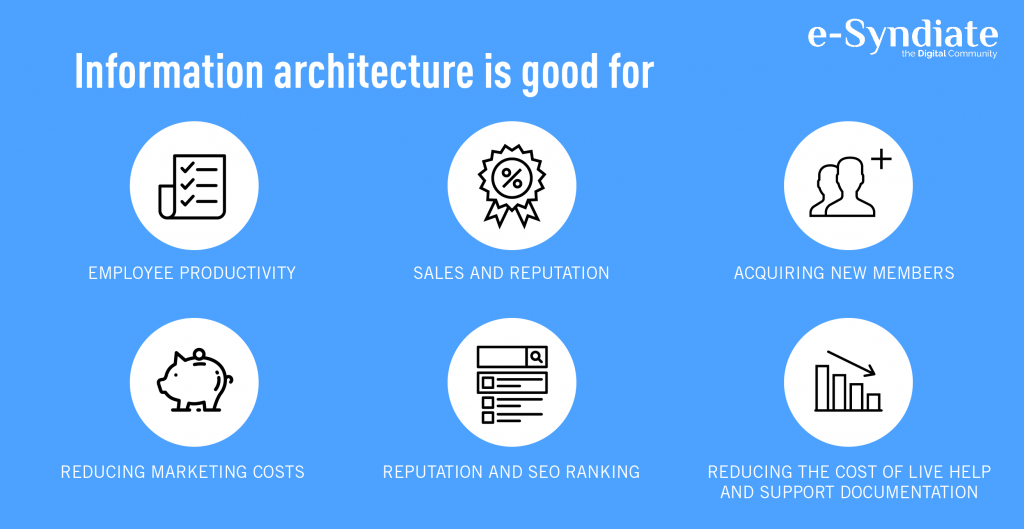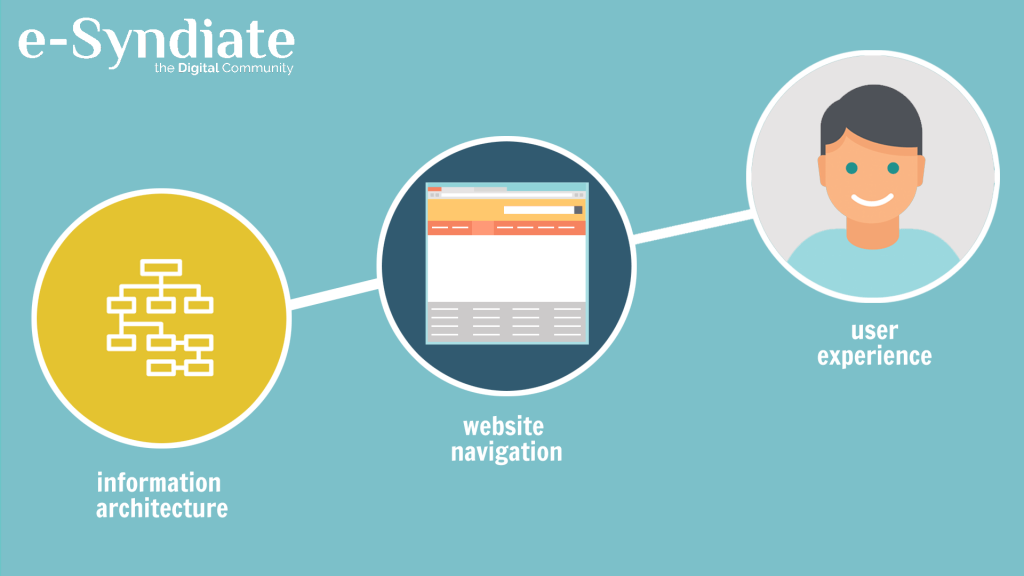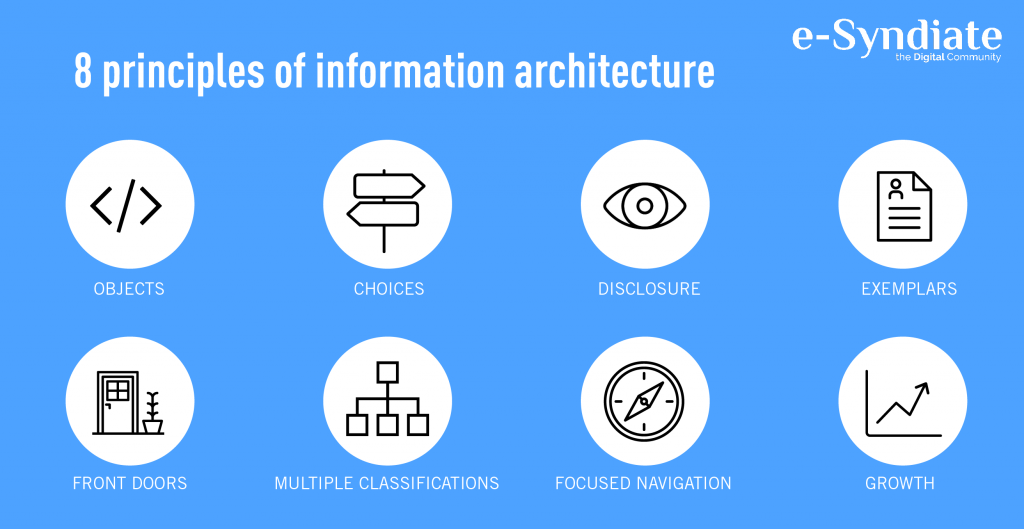The internal characterization of all the things available on the internet is easily perceived and understood by its users. The information derived from the sources is the input of structural representation in the form of content and designing that involves websites, applications, social media software, etc.
Information Architecture
The art or science of organizing all the content in a structured form is known as Information Architecture. Basically, designers and content strategists create usable data that is easily accessible by the people with minimum efforts on the internet.
Components of Information Architecture
The researchers mainly link these components as a part of Information Architecture.
Library science
It involves the practice of categorizing similar things and assigning the information resources in terms of content management that is really necessary for IA.
Cognitive psychology
It involves studying the human brain as to how it works. Cognitive Psychology has the following key elements.
Gestalt principles:
They are based on perceptions that involve visible elements in terms of closure and similarity.
Mental models:
They are based mainly on assumptions people have in their minds even before interacting with an application or a website.
Cognitive load:
It is based on the static thinking of the mind formed at any given moment.
Recognition patterns:
They are based on expectations as people associate certain features with a specific kind of product.
Visual Hierarchy:
It is based on reading between the lines i.e. generating patterns formed through by developing a sense of self-interest.
Information Architecture in User Experience
The role of Information architecture is mainly a component in the user experience design process. The UX designers actually design structures o corporate them into sitemaps and wireframes by using materials to build a navigation system. The generation of powerful user experience depends on the efficacy of information architecture. A good and easy to use product is generally the result of good information architecture.
How to Design Information Structure?
The main challenge of the user designing process is to understand how a website or application might work from a user’s perspective. It comprises creating a visual hierarchy that includes features and functions and then incorporating flow charts with different shapes to display them.
Is IA and User Experience the same?
The User Design or User Experience is more than the structuring of the content. It is about noticing the practical aspects of the product in terms of use, feasibility, accessibility, and convenience while IA is all about structuring and organizing the content in an efficient way.
The information architect or UX Designer mainly includes components like research, hierarchy, taxonomies, labeling, wire-framing, and creation of a navigation system in the user design process.
Conclusion
Information Architecture is everywhere and it is significantly valuable to generate effective content in a structured form for websites and applications while User Experience is the way a user feels towards a specific website or application. The powerful user experience is only achievable through appropriate information architecture.

























Leave a Reply